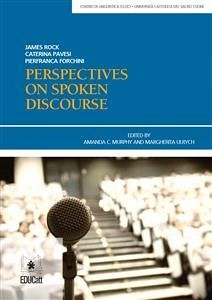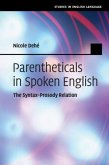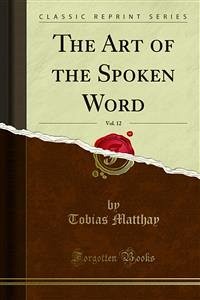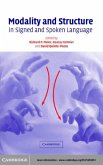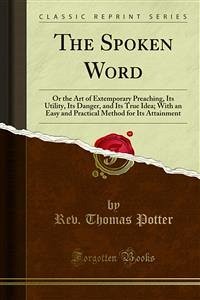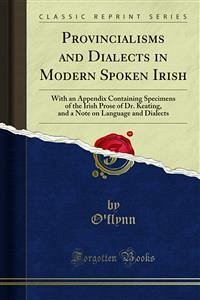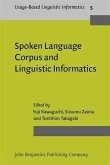This book, written for both teachers of English and advanced lan-guage students, presents research related to spoken discourse carried out by three linguists from the Università Cattolica del Sacro Cuore. The book opens with an article by James Rock on the Common Eu-ropean Framework of Reference and its relevance to the concept of communicative competence and the practice of learning spoken English within the university context.
In his second article, Rock presents an overview of studies on phra-seology in the non-native speaker setting, and shows that initial interest in phraseology in the field of language acquisition highlighted the fact that native-like fluency does not stem so much from knowledge of grammatical rules as from features of idiomaticity.
In the third paper in the collection, Caterina Pavesi examines learner English written on the computer and seeks to ascertain the status of this Eng-lish on the written-spoken continuum. Learner English has been the object of a great deal of scholarly attention in recent decades, but it has not yet been studied in any great depth in its computer-mediated form.
The fourth article in the book examines the language of films, traditionally considered to be an artificial form of language, not representative of speech, and thus of little value in the study of spoken discourse. In direct contrast with this view, PIerfranca Forchini shows that empirical research on American movies transcribed by her actually proves that the language of movies is extremely similar to conversation along several parameters. Adopting Biber’s analytical method, Multi-Dimensional Analysis, which attaches a score to features of language and measures the occurrence of these features, grouping them into dimensions which can describe different types of discourse, Forchini shows that movie language is surprisingly similar to conversational discourse on four out of five dimensions, thus overturning the long-held view of the status of this type of language, and providing scientific justification for using movies to teach features of spoken discourse.
The research was presented at the Università Cattolica del Sacro Cuore in Brescia in October 2013 under the auspices of and with the support of the Centro Linguistico dell’Università Cattolica (CLUC).
Hinweis: Dieser Artikel kann nur an eine deutsche Lieferadresse ausgeliefert werden.
In his second article, Rock presents an overview of studies on phra-seology in the non-native speaker setting, and shows that initial interest in phraseology in the field of language acquisition highlighted the fact that native-like fluency does not stem so much from knowledge of grammatical rules as from features of idiomaticity.
In the third paper in the collection, Caterina Pavesi examines learner English written on the computer and seeks to ascertain the status of this Eng-lish on the written-spoken continuum. Learner English has been the object of a great deal of scholarly attention in recent decades, but it has not yet been studied in any great depth in its computer-mediated form.
The fourth article in the book examines the language of films, traditionally considered to be an artificial form of language, not representative of speech, and thus of little value in the study of spoken discourse. In direct contrast with this view, PIerfranca Forchini shows that empirical research on American movies transcribed by her actually proves that the language of movies is extremely similar to conversation along several parameters. Adopting Biber’s analytical method, Multi-Dimensional Analysis, which attaches a score to features of language and measures the occurrence of these features, grouping them into dimensions which can describe different types of discourse, Forchini shows that movie language is surprisingly similar to conversational discourse on four out of five dimensions, thus overturning the long-held view of the status of this type of language, and providing scientific justification for using movies to teach features of spoken discourse.
The research was presented at the Università Cattolica del Sacro Cuore in Brescia in October 2013 under the auspices of and with the support of the Centro Linguistico dell’Università Cattolica (CLUC).
Hinweis: Dieser Artikel kann nur an eine deutsche Lieferadresse ausgeliefert werden.

